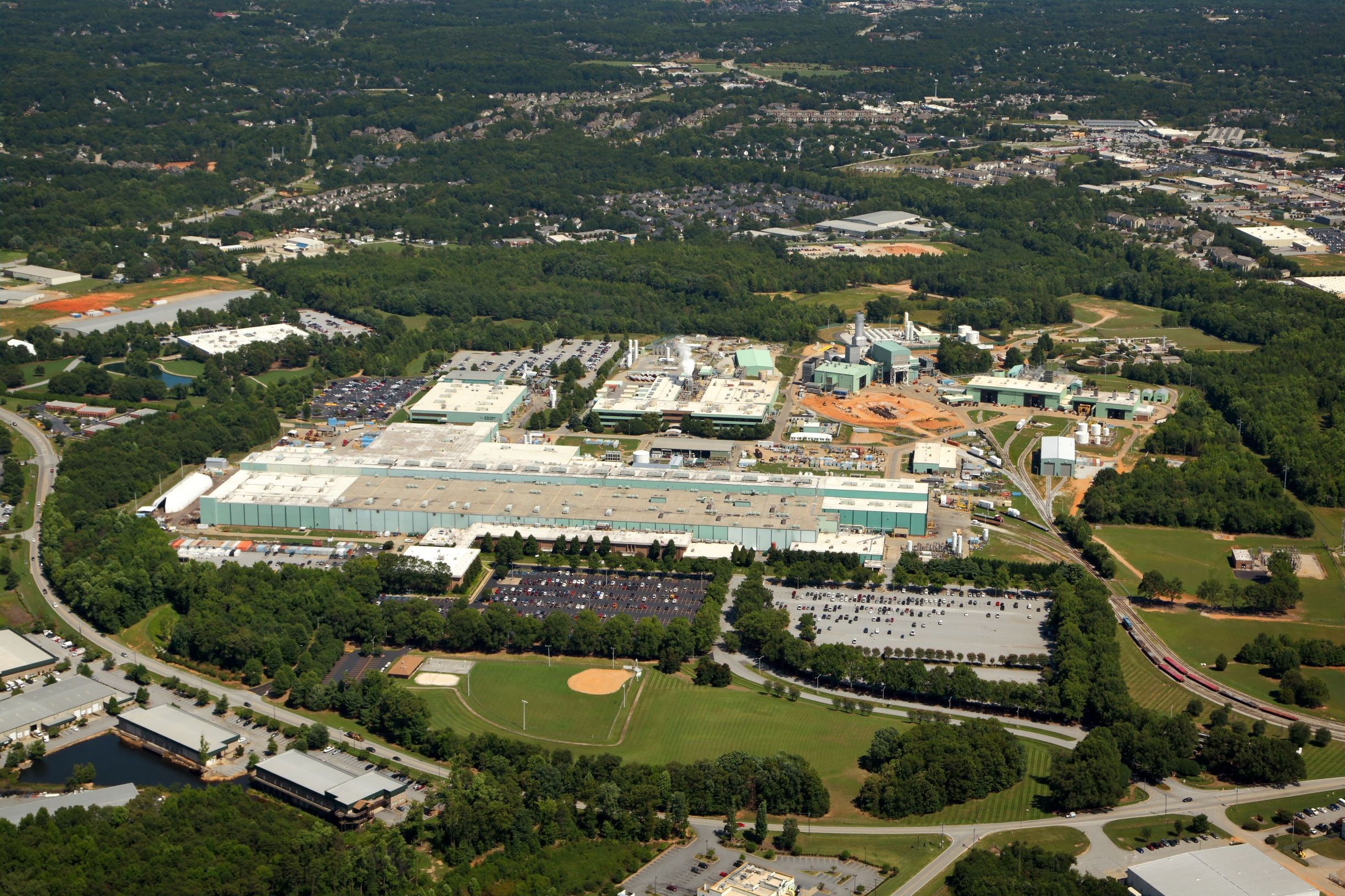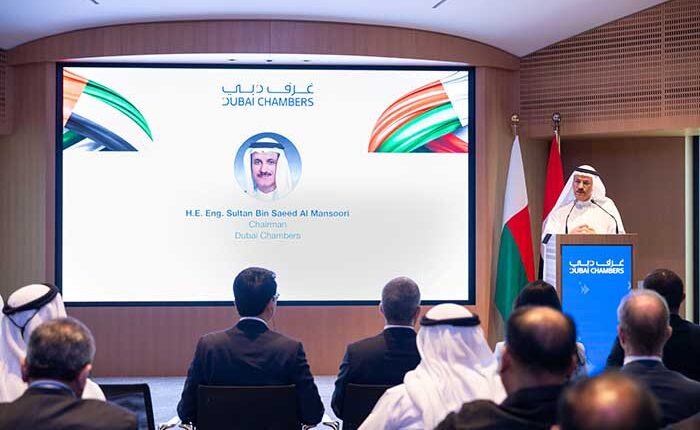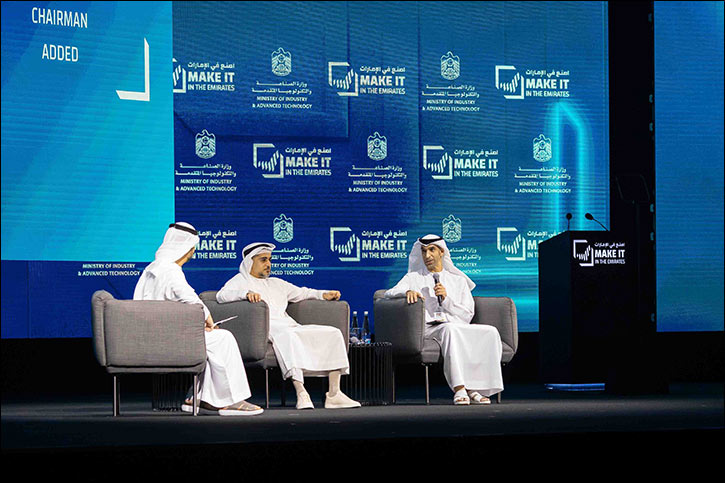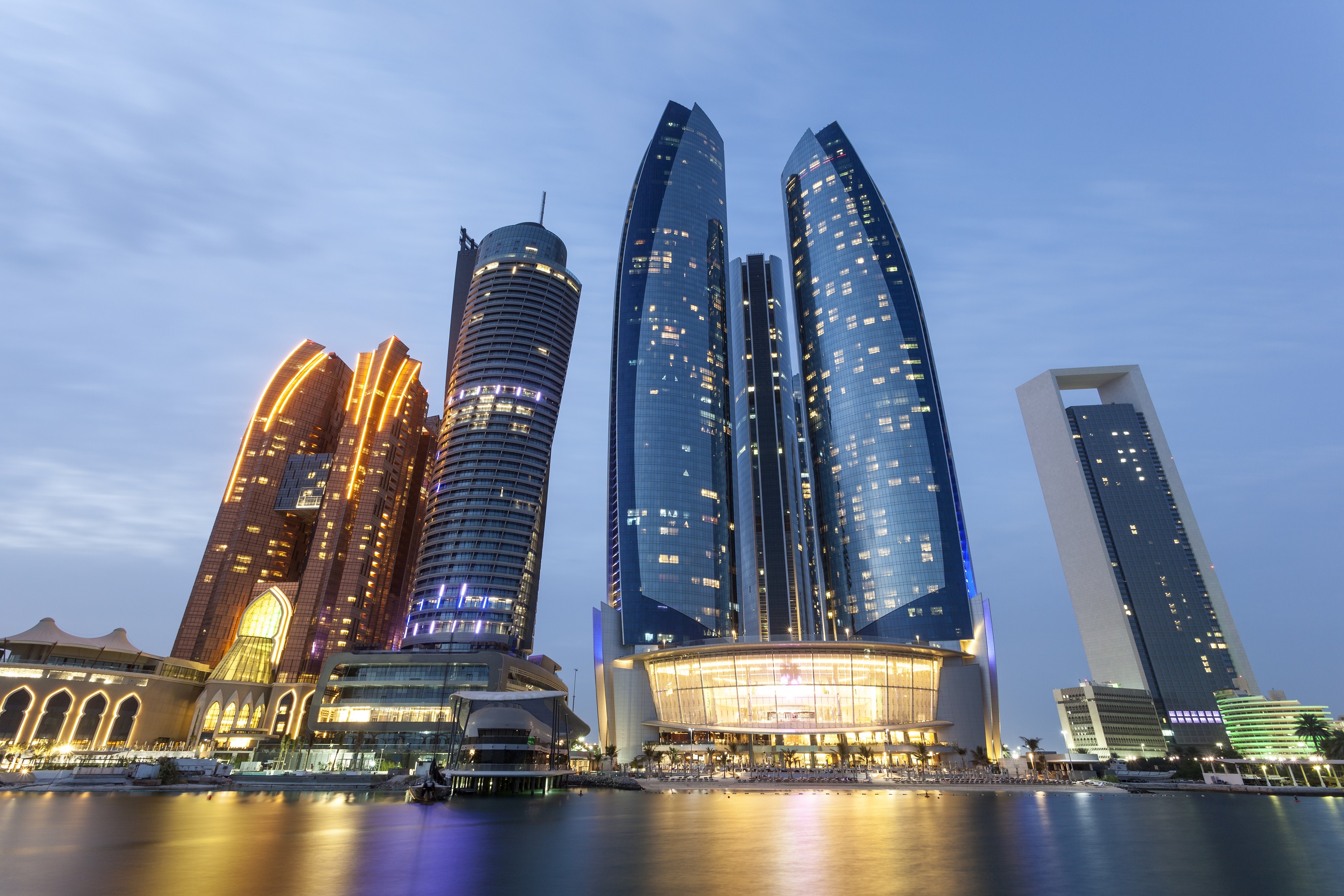A world leader in combustion technology, GE Vernova continues to invest in new technologies capable of reducing the carbon emissions of its installed base
- Dry Low NOx (DLN) combustor prototype demonstrated operability on blends of natural gas and hydrogen and on 100% hydrogen with NOx emissions below 25ppm
- GE Vernova currently targets making 100% H2 DLN solutions commercially available as early as in 2026
Greenville, SC (January 15, 2025) – GE Vernova Inc. (NYSE: GEV) announced today the completion of the validation test campaign for its advanced Dry Low NOx (DLN) hydrogen combustion technology for B- and E-class gas turbines. The test campaign conducted at GE Vernova’s Global Technology Center in Greenville, South Carolina, demonstrated successful operation on natural gas and hydrogen blends and on 100% hydrogen with dry emissions below 25ppm NOx. GE Vernova currently plans to make the new DLN system available for new and existing B- and E- gas turbines as early as 2026.
GE Vernova is a world leader in gas turbine fuel flexibility, including over 120 gas turbines that have the capacity to operate or are currently operating on fuels that contain hydrogen, producing more than 530 Terawatt-hours of electricity over 8.5 million hours. This technology milestone announcement underscores GE Vernova’s continuous commitment to reduce the carbon emissions of its gas turbine generation fleet.
“We are proud to celebrate this technological advancement aiming to enable the decarbonization of our B- and E-Class fleet across the world,” said Jeremee Wetherby, Carbon Solution leader, GE Vernova. “Developing a DLN combustion system able to burn 100% hydrogen safely and reliably is an engineering challenge. One of the ways hydrogen fuel differs from natural gas is that it burns much faster. Its flame speed is roughly eight times higher and presents risk of flashback. Through the test campaign, the GE Vernova team demonstrated very robust operation for the new DLN technology, without flash- back across a range of loads and fuel from pure natural gas to 100% hydrogen.”
Combustion dynamics or noise can be a challenge as well with hydrogen operation. The prototype performed very well in that category with relatively low levels even when operating on pure hydrogen. Test results also indicate that the technology can deliver higher availability and longer maintenance intervals comparable to current DLN combustors operating on natural gas. This is of particular importance for industrial customers who depend on gas turbines to power their operations reliably.
A new micromixer-based fuel air pre-mixer is foundational to the prototype combustor capability. GE Vernova’s research on micromixer technology started in 2005 as part of collaboration with the US Department of Energy. Micromixer-based fuel premixers have been part of the product portfolio for over 7 years notably on GE Vernova’s H Class gas turbine fleet. Recent research conducted at GE Vernova’s Advanced Research Center in NY and at the Global Technology Center in Greenville, SC focused on improving micromixer and axial fuel staging for hydrogen capability. This research culminated with the construction of a full size 6B DLN combustor prototype and testing in full scale conditions (pressure, flow, temperature) in the combustion test facility in Greenville, SC.
GE Vernova’s industrial gas turbines (B- and E-Class) are highly robust fleets, with an installed base of approximately 2800 units around the world powering industrial processes and operations around the clock. Hydrogen combustor options already exist today with ratings up to 100% hydrogen, however existing combustors use a diluent like water to manage emissions. The new H2 DLN combustor technology is expected to present several benefits versus the existing systems:
- Eliminated use of water or other diluent
- Increased efficiency: 4 to 7% improvement in combined cycle heat rate
- Improved availability and longer maintenance intervals
- Reduced NOx emissions
“Through successful tests GE Vernova validated this new 100% hydrogen capable combustion technology, aiming to provide our B- and E-class industrial gas turbines owners with the maximum flexible operability range on natural gas, hydrogen or blends of both without the use of diluent like water for emissions abatement,” concluded Jeremee Wetherby.













